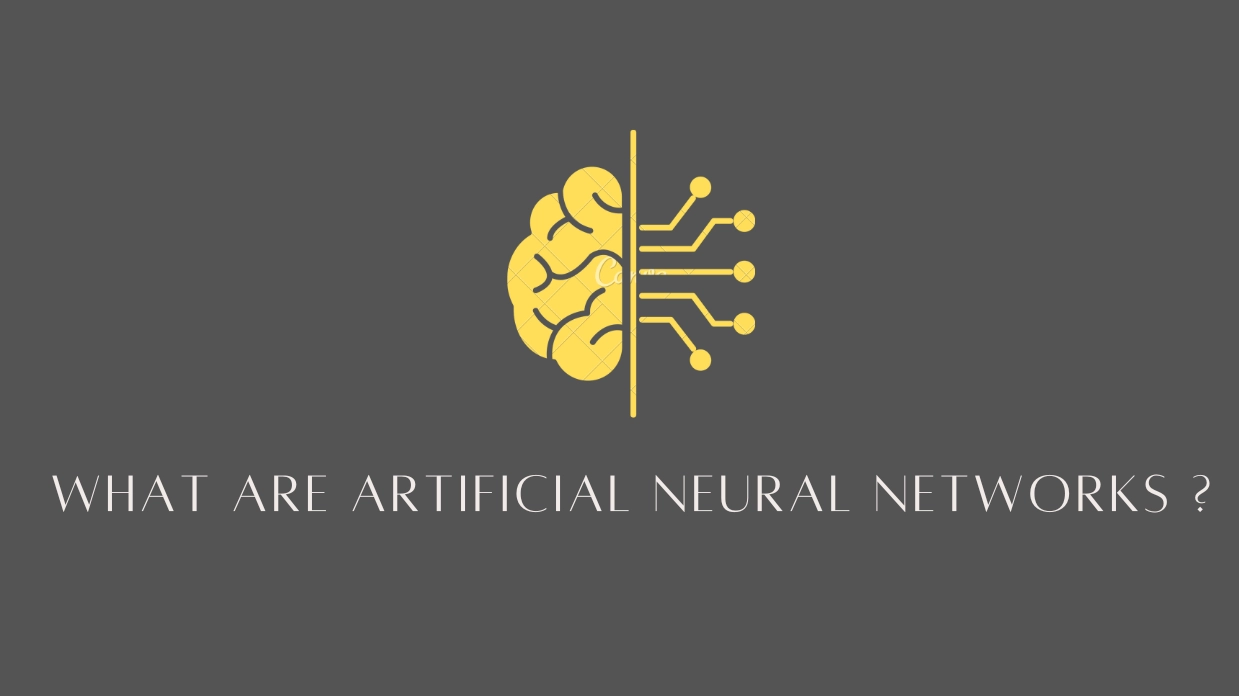Recent Post

Introduction To Big Data Analytics
May 4,2023

What Are Artificial Neural Networks? 24-Apr-23
-
Artificial Neural Networks (ANNs) are one of the most powerful and widely used techniques in the field of machine learning. ANNs are modeled after the structure and function of the human brain and are used for tasks such as classification, regression, pattern recognition, and more.
In this article, we will explore the basics of artificial neural networks, their components, and how they work.
What are Artificial Neural Networks?
Artificial Neural Networks (ANNs) are a set of algorithms that are designed to recognize patterns and relationships in data. They are inspired by the structure and function of the human brain, which consists of interconnected neurons that work together to process and transmit information.
The basic idea behind ANNs is to create a network of artificial neurons that are capable of processing information in a similar way to biological neurons. Each artificial neuron is connected to other neurons in the network, and the connections between the neurons are weighted. These weights are adjusted during the training process so that the network can learn to recognize patterns and relationships in the data.
Components of Artificial Neural Networks
There are three basic components of artificial neural networks: the input layer, the hidden layer, and the output layer.
Input Layer: The input layer is where the data is fed into the network. Each neuron in the input layer represents one input feature of the data.
Hidden Layer: The hidden layer is where the processing takes place. It consists of one or more layers of neurons, and each neuron is connected to every neuron in the previous layer. The hidden layer is where the network learns to recognize patterns and relationships in the data.
Output Layer: The output layer is where the final output of the network is generated. The number of neurons in the output layer depends on the problem being solved. For example, if the network is being used for classification, the number of neurons in the output layer will be equal to the number of classes.
How do Artificial Neural Networks Work?
Artificial Neural Networks work by using a process called forward propagation. During forward propagation, the input data is fed into the input layer, and the network processes the data through the hidden layer(s) to generate an output in the output layer.
The process of forward propagation involves the following steps:
Input: The input data is fed into the input layer.
Hidden Layer: The data is then processed through the hidden layer(s). Each neuron in the hidden layer receives input from every neuron in the previous layer and applies a mathematical function to the input to generate an output. This output is then passed on to the next layer until the final output is generated.
Output Layer: The final output is generated in the output layer. Each neuron in the output layer represents one class, and the output of the neuron represents the probability of the input belonging to that class.
Error Calculation: The output of the network is compared to the actual output, and the error is calculated. The goal of the training process is to minimize this error.
Backpropagation: Backpropagation is the process of adjusting the weights in the network to minimize the error. During backpropagation, the error is propagated backwards through the network, and the weights are adjusted so that the output of the network is closer to the actual output.
Repeat: Steps 2-5 are repeated many times until the network converges on a set of weights that minimize the error.
Applications of Artificial Neural Networks
Artificial Neural Networks are used in a wide range of applications, including:
Image and Speech Recognition: ANNs are used in image and speech recognition to identify patterns and relationships in the data.
Natural Language Processing: ANNs are used in natural language processing to understand and analyze human language.
Robotics: ANNs are used in robotics to control robot



